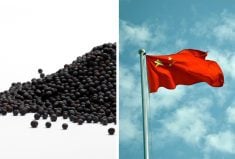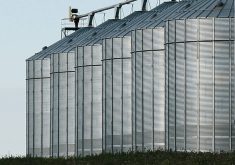JOHANNESBURG (Reuters) – South Africa has declared a
national disaster over the drought afflicting southern and
western regions including Cape Town, though the city pushed back
its “Day Zero”, the day the city’s taps will run dry.
The flow of running water in the port city of four million has
been affected by a wider pattern of climate change seen around
the country including the Western Cape, where Cape Town is
located, the Northern Cape and Eastern Cape provinces.
Read Also

Canada and China discuss disputes over canola and EVs, says Ottawa
Senior Canadian and Chinese officials discussed bilateral trade disputes involving canola and electric vehicles on Friday, Ottawa said, but gave no indication of any immediate breakthrough.
Supplies have yet to recover from an El Nino-triggered
drought two years ago, heralding a potential shortage that could
hit industrial and agricultural output.
The Department of Cooperative Governance and Traditional
Affairs said after re-evaluating the magnitude and severity of
the drought that it had reclassified it as a “national
disaster”. The department had said last week it was close to
making such a declaration.
Cape Town, whose oceanfront location is a major tourist
draw, has pushed back its designated “Day Zero”, when residents
will have to start queuing for water, to June 4 from May 11,
with officials citing a decline in water usage by residents.
Deputy Mayor Ian Neilson said that over the past week, water
consumption in Cape Town had declined to 526 million litres per
day. This was the first time the daily average has been kept
under 550 million litres, he said, citing city efforts to
regulate the flow of water and residents’ cooperation with
official appeals to curb their consumption.
Cape Town hotels have asked guests not to use baths and to
limit showers to two minutes or less, while some restaurants are
switching to disposable cups and ditching table linen.














